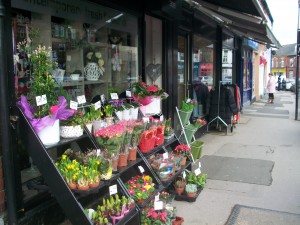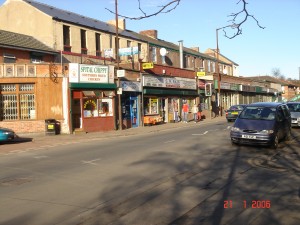Traffic and Conversion
Last time I described product launches, an effective form of online marketing; one of many approaches and an innovative alternative to the old-fashioned long sales letter. To get anything to work you need to be aware of traffic and conversion.
Not all online marketers run launches. A launch is usually a brief period during which a product is available. It is particularly appropriate where online courses need a number of people to sign up at the same time. Many businesses have evergreen products, available for purchase at any time. These businesses can be successful; Amazon is an example that springs to mind.
There are two problems your business needs to solve if you are to sell in this way. The first is traffic, where you need to get the right kind of visitors to your site. The right kind of visitor is the person who is likely to want to buy whatever you are selling. The second task, conversion, encourages visitors to the site to make a purchase.
Traffic
Traffic is usually approached through search engine optimisation (seo), which has its own rather complicated history. (There are other ways to attract people to a site and I’ve written about some of these.) SEO developed as Google’s search engine developed and so Google drives most of it, although there are other search engines. (The next most popular is YouTube’s search engine and seo on YouTube is very different, even though Google owns it.)
Google’s aim is when someone searches for something, they will find the best quality information on the search engine results page (SERP) and not a load of adverts. This means a lot of what only a year or 2 ago was effective practice now has a more limited application. Google are right about the changes they have made and the literature is full of accounts of white hat and black hat seo. White hat seo aims to produce content Google aims to give high priority on its search engines, whereas black hat seo tries to game the system. These days white hat seo is more effective and is largely about content marketing. I’ll go into this in more detail next Tuesday.
Conversion
It is hard to see how conversion could ever become less important. SEO was always subject to decisions made by Google but conversion depends on your decisions about your site. Conversion is becoming a bigger topic and covers many aspects of online business practice. It is not just the look of the site but also its content.
A lot of what is visible on your site matters. It is important to understand it is not always possible to predict which of two options will be more successful. The good news is it is possible, using split testing, to compare two similar pages for performance and so pinpoint on-page characteristics that encourage visitors to respond in the ways you want them to. Of course, these tests will work only if you are getting substantial traffic to your site (or else you’ll have to wait a very long time for significant results).
One final point: if you are thinking you don’t want to make sales from your site and so conversion is less important, think again. If you are driving traffic to your site and you have some purpose other than making a sale, you still need to communicate with your visitors and encourage them to do whatever is the purpose of your site. Many third sector sites are ineffective because they have not thought through what they want visitors to their site to do.
Your effectiveness depends a lot upon your site’s content and it is to that we turn next Tuesday.


